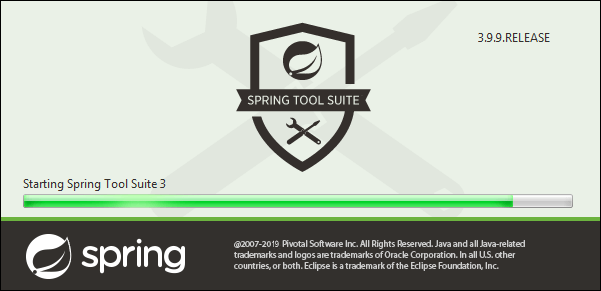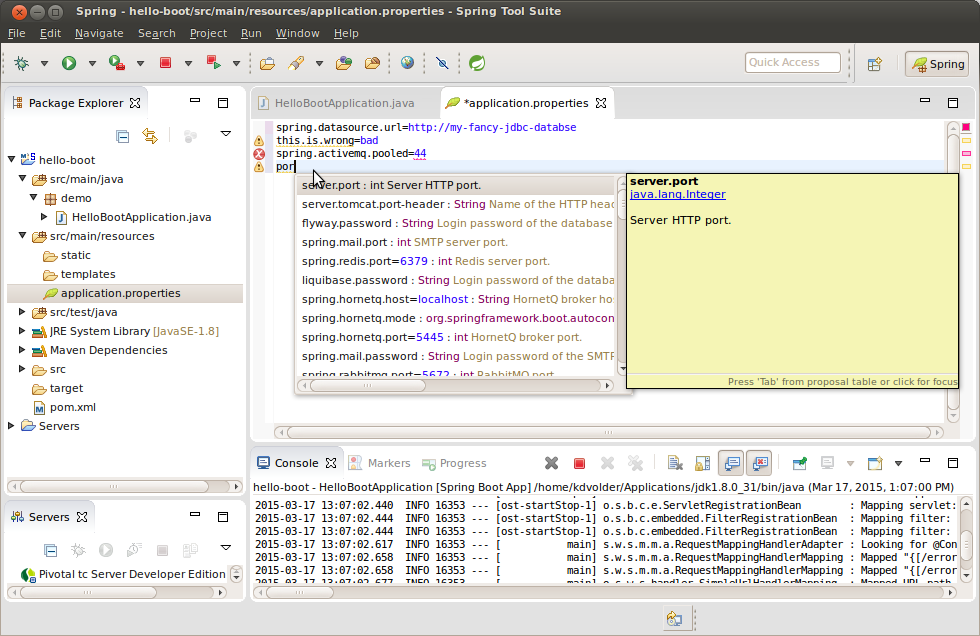

This was important because it ensured that the investigation remained free from any contamination that could have affected the accuracy of the results. To ensure that the experiment was safe and effective in space, the Utah State University team used an induced environment contamination monitor (IECM) to track the levels of environmental contaminants in the experiment. However, the investigation survived and was later recovered. This caused some concern that the experiment involving continuous flow electrophoresis was lost. Unfortunately, during the landing of the Space Shuttle Columbia, the parachutes failed, and the shuttle landed at Edwards Air Force Base instead of Kennedy Space Center. The results of this experiment were crucial in developing medical research techniques. The aim was to study the separation process in microgravity and compare it with the same function on earth. The experiment involving continuous flow electrophoresis was a commercial experiment involving the constant separation of biological macromolecules in space. But it was also a day of experimentation from Utah State University involving continuous flow electrophoresis. That day, Space Shuttle Columbia completed its fourth shuttle mission and the first shuttle test flight to demonstrate in-orbit operations. June 27, 1982, marked an important day in the history of space exploration. Spring sts: Taking the Experimentation from Utah State to New Heights.

We hope that you have enjoyed this article. Your Ubuntu instance now contains the Spring Tool Suite, which has been successfully installed.


 0 kommentar(er)
0 kommentar(er)
